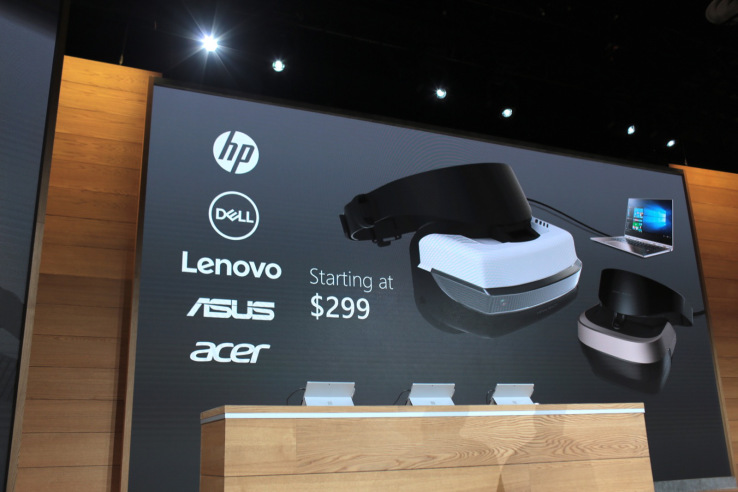

Excited about forthcoming Windows 10 VR support? You should be, since it’s going to open up who gets access to virtual reality considerably, thanks to third-party headsets from established OEM partners starting at just $299. Minimum PC specs are now available, too – and The Verge points out they aren’t too demanding, which is great news.
The into comes via a ‘Windows Holographic First Run’ tester application that appears in pre-release builds of Windows 10 aimed at testers, and reveals minimum requirements for running Microsoft’s virtual computing environment that include 4GB of system RAM, at least one USB 3.0 port, a graphics card that can support DirectX 12 (not a steep bar) and at least 4 CPU cores that include dual-core processors with hyperthreading capability.
So in addition to a much lower entry-level price for actually getting into a VR headset, users also won’t need to pony up for a super expensive rig for them to connect to. 2017 could really be VR’s breakout year, between this, PSVR’s continued rollout and Daydream VR support among additional Android smartphones.

